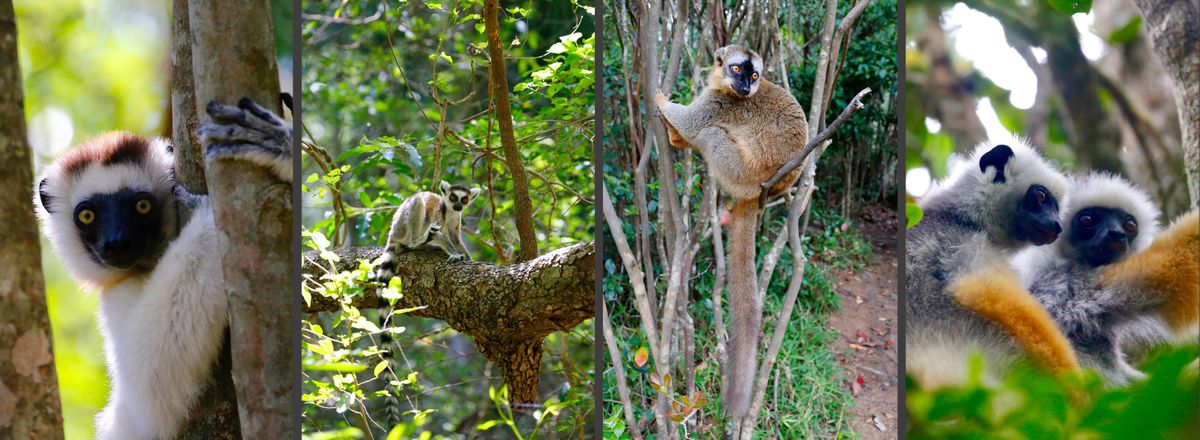
Exploring Madagascar's Wonders with Suzanne
Madagascar is an exciting place to visit and quite different from mainland Africa. In fact it is so different from other African countries that it is often called the 8th continent. The country has an incredible variety of geography from the high plateaus, to the miles of beaches and coastlines to the different types of forest. It is one of the most diverse landscapes I have seen in such a small geographic area. Every location has its own unique species and with each exploration it is full of surprises. What’s amazing is each of these destinations is just a few hours away.

Just about everything you will see on the island (lemurs, chameleons, birds, fauna) is endemic to the island – it is almost at 90%. And due to the absence of monkeys and predators (with the exception of the unique fossa) this island supports 103 lemur species. This is the only place in the world you can find them.

My recent trip brought me to some of Madagascar’s best highlights. I started off with some relaxation on the beaches (and swimming with the whale sharks) on Nosy Be. Then off for some exploring through the Andasibe Mantadia national park. Here the haunting sound of the indri call rang through the forest as they leap from tree to tree. One of my favorite lemurs to see in this region is the gorgeous white and orange fur of the diademed sifaka. Night walks were very productive with numerous species of chameleon’s, frogs, spiders and some more species of lemurs commonly spotted at night including the tiny little gray mouse lemur hiding in the trees and the dwarf lemurs coming down to drink water from the plants at night.

Next up was Mandrare, located in the southeast of the island, which was a true highlight. In the morning we would visit the spiny forest to watch the Verraux’s sifakas jump from cactus to cactus and in the afternoon just thirty minutes away by vehicle we visited the canopy forest to see the ring tailed lemurs jumping around on the ground. Night walks were also very productive here to see the white-footed sportive, grey mouse and grey brown mouse lemurs. The local community was a great cultural experience to learn more about the local way of life and their sacred forests.




